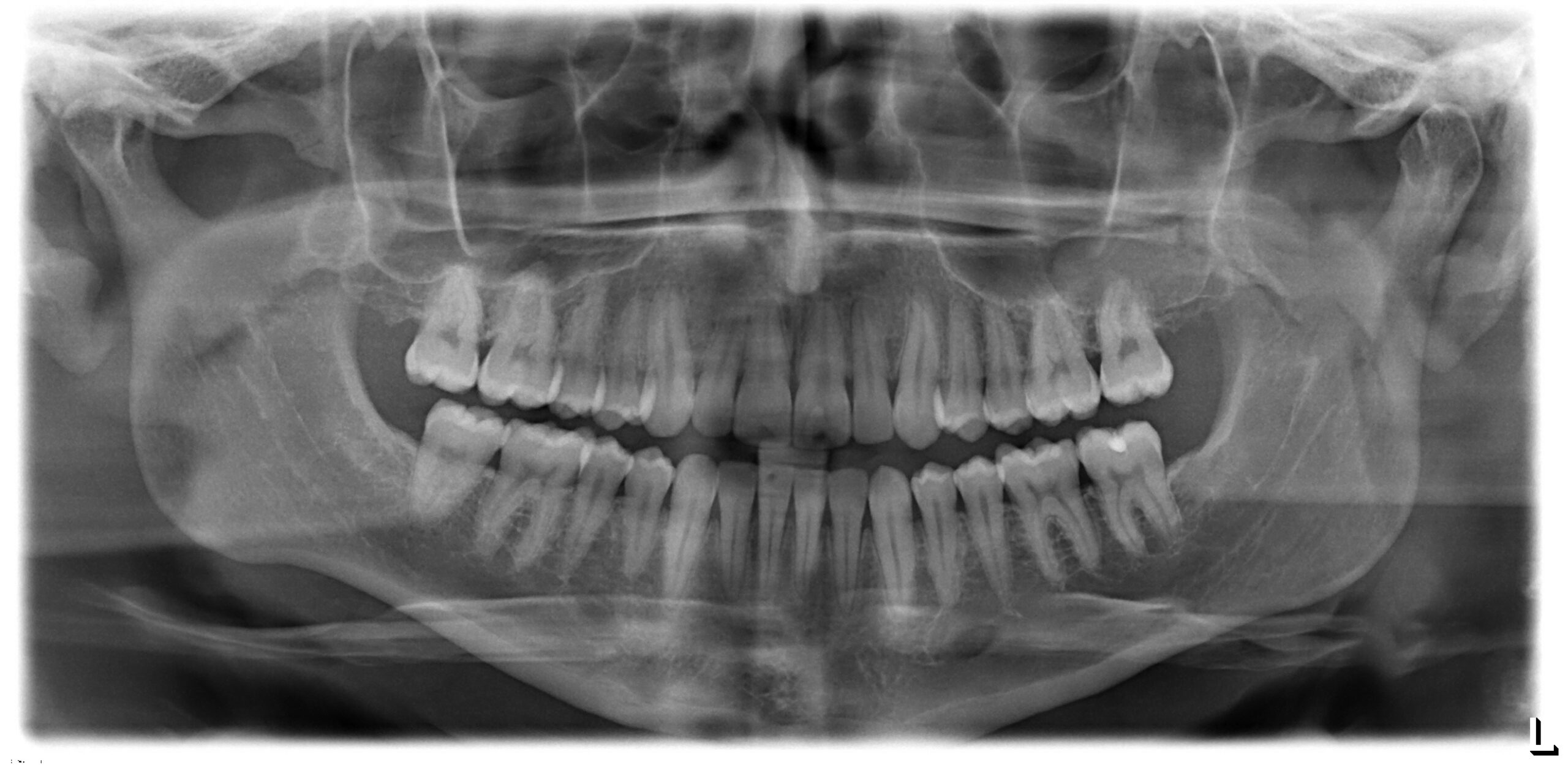Understanding Radiation Dosages and Risks for Orthodontic Radiographs
Orthodontic x-rays (radiographs) are an important part of orthodontic treatment to understand how to diagnose and progress through your smile journey. We understand that you may be concerned about the potential harm radiation can cause, but we want to reassure you that modern radiography techniques used in orthodontics are low risk and involve minimal radiation exposure.
Radiation Dosages: What You Need to Know
Radiation is a form of energy that is commonly used in various medical procedures to diagnose and treat a wide range of conditions. In orthodontics, radiographs are essential for accurate diagnosis, treatment planning, and monitoring progress. Luckily, the radiation doses used in orthodontic radiography are extremely low, greatly reducing any potential risk.
The unit used to measure radiation exposure is called millisieverts (mSv), which quantifies the amount of radiation absorbed by the body. To put things into perspective, a typical panoramic radiograph used in orthodontics delivers an average radiation dose of only 0.005 mSv. This is roughly equivalent to the amount of natural background radiation you are exposed to in just a few days. It’s important to remember that all radiation exposure, whether from medical procedures or natural sources, is cumulative throughout your life.
Analysis of Risks: The Good News
Extensive research and advancements in technology have helped us understand the potential risks associated with radiation exposure. Through careful analysis, it has been determined that the risk of developing harmful effects from orthodontic radiographs is exceedingly low. Moreover, the benefits of receiving accurate diagnoses and effective treatment plans far outweigh any potential risk.
The risks associated with orthodontic radiographs mainly arise from repeated exposure over time. However, it’s crucial to note that modern radiography machines are designed with patient safety in mind and deliver minimal radiation doses. Additionally, our experienced orthodontic team take precautions to ensure you receive the lowest possible radiation exposure during each visit.
Minimizing Radiation Exposure: Our Commitment to Your Health
At Hamilton Orthodontics, we prioritize your health and safety above all else. To minimize your radiation exposure, we employ state-of-the-art digital radiography equipment. These advancements have significantly reduced both the time required to capture images and the amount of radiation needed, without compromising diagnostic accuracy.
Furthermore, our team of highly trained and licensed professionals follows best practices and adheres to strict protocols when taking radiographs. We utilize lead shields and collimation techniques.
Standard radiographs in orthodontics include initial panoramic and cephalometric images to assess for pathology and tooth development as well as growth and jawj/tooth relationships. A progress panoramic image is taken to ensure health of the teeth as well as to ensure proper positioning, and a final set of radiographs is taken to assess treatment effects as well as to establish a new baseline for tooth positions and health. This standard can vary depending on your individual needs.
In Conclusion:
We hope this information has provided you with a better understanding of radiation dosages and risks associated with orthodontic radiographs. Modern technology offers us the capability to capture detailed images with extremely low radiation doses. Your safety and well-being are our primary concern, and we assure you that our orthodontic practice adheres to the strictest protocols to minimize any potential radiation risk. If you have any further questions or concerns, please do not hesitate to speak with one of our knowledgeable staff members.
